Somnath Jyotirlinga temple history, Significance, location, nearest place
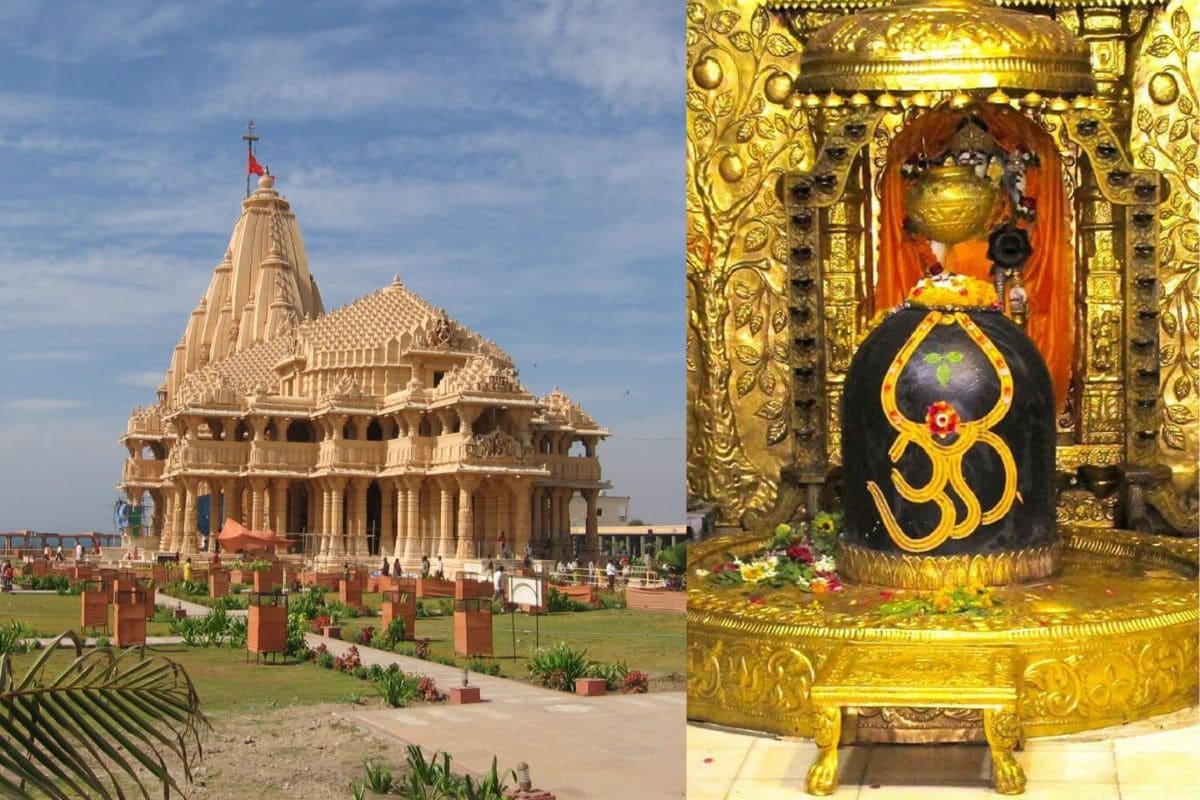
Somnath Jyotirlinga Temple
‘Somnath’ means “Lord of the Moon” (Soma = Moon, Nath = Lord). The Somnath Temple is one of the most significant and revered Hindu temples dedicated to Lord Shiva , located in Prabhas Patan near Veraval in the Saurashtra region of Gujarat. It represents the continuous and strength of Lord Shiva and is regarded as the most important of the twelve Jyotirlingas. The temple, which has been repeatedly demolished and rebuilt, is renowned for its historical tenacity and continues to exist as a testament to faith, dedication, and cultural legacy along the Arabian Sea coast. Lord Shiva (also known as “The Protector of the Moon God” or Somnath)
According to legend, Chandra Dev, the Moon God, constructed this temple out of gold in order to worship Lord Shiva and restore his lost brilliance after Daksha cursed him. Since the Somnath temple’s ruins revealed a historical Hindu temple that was transforming into an Islamic mosque, historians and archaeologists of the colonial era strongly investigated it in the late 19th and early 20th centuries. Those ruins were destroyed after India’s independence The current building, which was constructed in the Chalukya architectural style, was finished in 1951 and dedicated by India’s first president, Dr. Rajendra Prasad. Offering spiritual peace and a journey into India’s rich cultural past, Somnath Temple welcomes millions of pilgrims and tourists each year.
Location
The Somnath Temple is situated in Prabhas Patan, a town close to Veraval in Gujarat, India’s Saurashtra district, on the gorgeous Arabian Sea coast. Visitors may easily reach it because it is only 7 km from Veraval railway station, 82 km south of Junagadh, and roughly 400 km southwest of Ahmedabad. Additionally, the temple is roughly 85 km from Diu Airport and 130 km from Porbandar Airport. Its location, surrounded by historical sites and vistas of the ocean, is significant both geographically and spiritually. This region served as an important commerce port in historical times, linking China and East Africa with India. Somnath continues to be a location where history, religion, and nature all blend together.
- Start from
- Travel 410km via NH 47 and NH 51.
- Reach Veraval
- From Veraval, Somnath Temple is just
Nearby Places to Visit Around Somnath Temple
1.Triveni Sangam Ghat (0.5 km)
Significance:- Sacred confluence of three rivers – Hiran, Kapila, and the mythical Saraswati.
2.Bhalka Tirtha (4 km)
Significance:- The location where hunter Jara killed Lord Krishna by striking him with an arrow.
3. Shree Parshuram Temple (1.5 km)
Significance:- Dedicated to Lord Vishnu’s 6th incarnation, Parshuram.
4. Panch Pandav Gufa (2.5 km)
Significance:- The Pandavas are said to have used this ancient cave while they were removed.
5. Prabhas Patan Museum (0.5 km )
- Ancient sculptures, pillars, inscriptions, and artifacts
- remains of ancient temples dedicated to Somnath that were destroyed by invasion
6. Somnath Beach (0.2 km)
- Non-swimmable rocky beach.
- Beautiful sunset view and Arabian Sea coast.
7. Gita Mandir (2.5 km)
- Contains inscriptions of Bhagavad Gita’s 700 verses on marble walls.
- Built by: Birla family
8. Suraj Mandir (Sun Temple) (1.2 km)
- Ancient temple dedicated to Surya Dev (Sun God).
- Located near Triveni Sangam.
HISTORY
Texts like the Puranas and the Rigveda contain references to the temple, which is thought to have been built in time. Legend has it that the moon god Somraj constructed it as a tribute to Lord Shiva. According to certain traditions, the temple may have existed even earlier, but it was constructed around the 4th century CE. It rose to prominence as a destination for Lord Shiva. When Muhammad bin Qasim 711CE, an Arab warrior, conquered India, the temple suffered its first significant destruction. He is thought to have demolished the temple’s construction and plundered it. Mahmud of Ghazni, who repeatedly invaded India, is renowned for attacking the temple. He plundered the temple in 1024 CE, destroying its shrine and stealing its wealth. In the 9th century, King Bhimdev of the Solanki dynasty reconstructed the temple following the initial destruction. Its importance as a pilgrimage place was restored in part by this renovation. The Chalukya dynasty significantly increased the temple’s architectural magnificence when they restored it in the 12th century. Although there were attempts to rebuild the temple in the 19th century, major reconstruction did not start until the early 20th century. Millions of Hindus visit Somnath Temple annually, making it one of the most significant pilgrimage destinations in the world today. It represents faith, tenacity, and India’s rich cultural legacy.
Pre-11th Century
- constructed and reconstructed multiple times by Hindu kings.
renowned for its immense richness and beauty.
11th–13th Century :–
- In 1169 CE, the temple was renovated by King Bhima I of the Solanki dynasty.
The temple reappeared as a center for trade and dedication
14th–15th Centuries:-
- The Tughlaq dynasty and later Muslim monarchs assaulted it after it was rebuilt by the locals.
It remained a symbol of resilience in the face of recurrent destruction
1024 CE – Mahmud of Ghazni:-
- The Turkic invader Mahmud of Ghazni launched an assault on Somnath with 30,000 soldiers.
- destroyed the temple, stole its valuables, and took 20 million dinars’ worth of gold with them.
1299 CE – Alauddin Khilji’s Invasion:-
- Ulugh Khan, Khilji’s commander, once more destroyed Somnath.
- The temple was destroyed, and the idol was desecrated.
1665–1706 CE – Aurangzeb:-
- Aurangzeb, the Mughal Emperor, ordered its destruction.
- On its remains, a mosque was constructed.
Reconstruction
Under the direction of Sardar Vallabhbhai Patel, India’s first Deputy Prime Minister, the Somnath Temple’s current edifice was restored in 1951. The restoration served as a metaphor for India’s post-independence cultural renaissance. In keeping with the historical design, the new temple was built utilizing traditional architectural styles and materials and was dedicated on December 11, 1951.
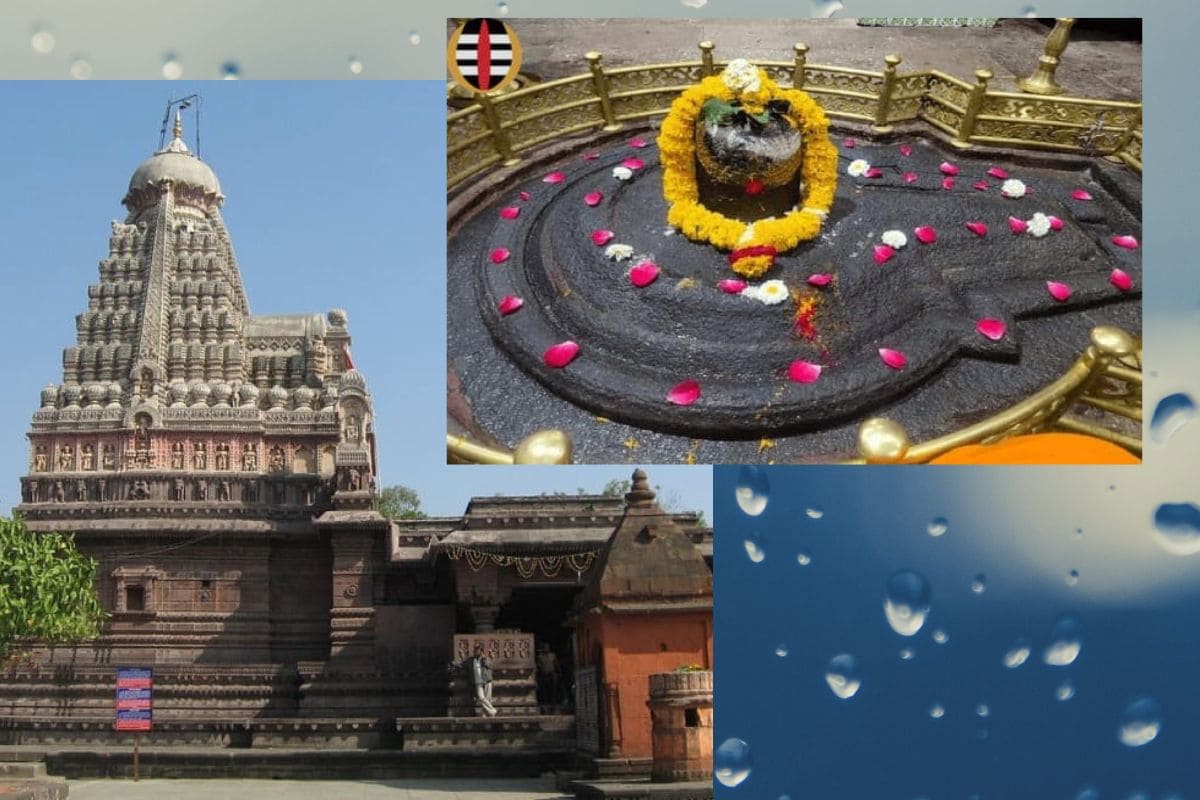
Grishneshwar Jyotirlinga temple history, Significance, location, nearest place
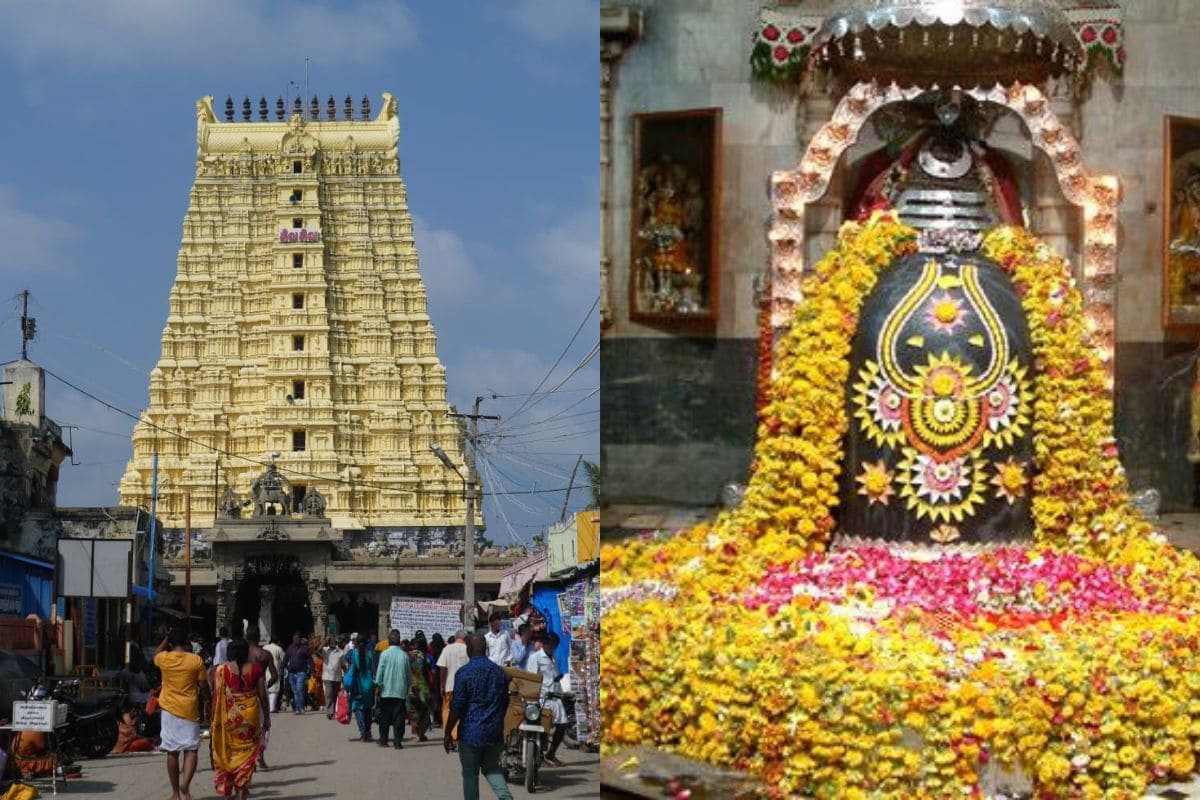
Rameshwaram Jyotirlinga temple history, Significance, location, nearest place
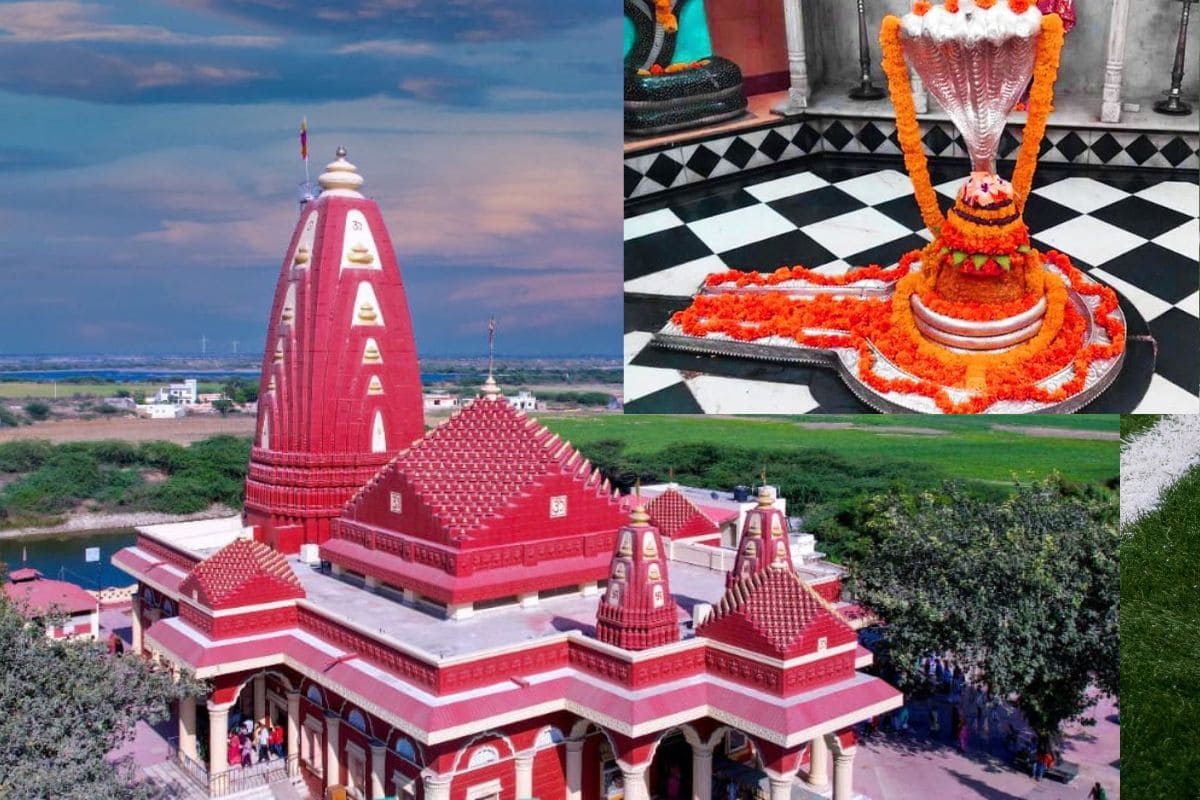
Nageshwar Jyotirlinga temple history, Significance, location, nearest place
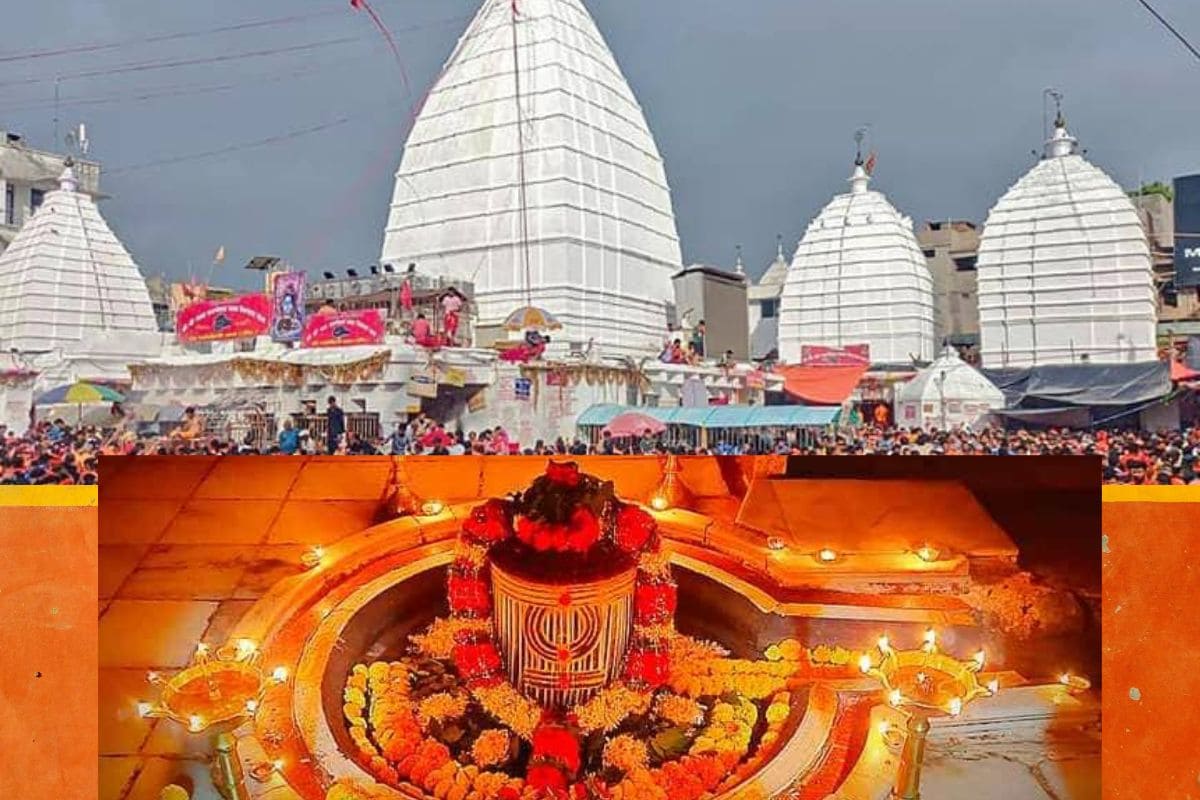
Vaidyanath Jyotirlinga temple history, Significance, location, nearest place
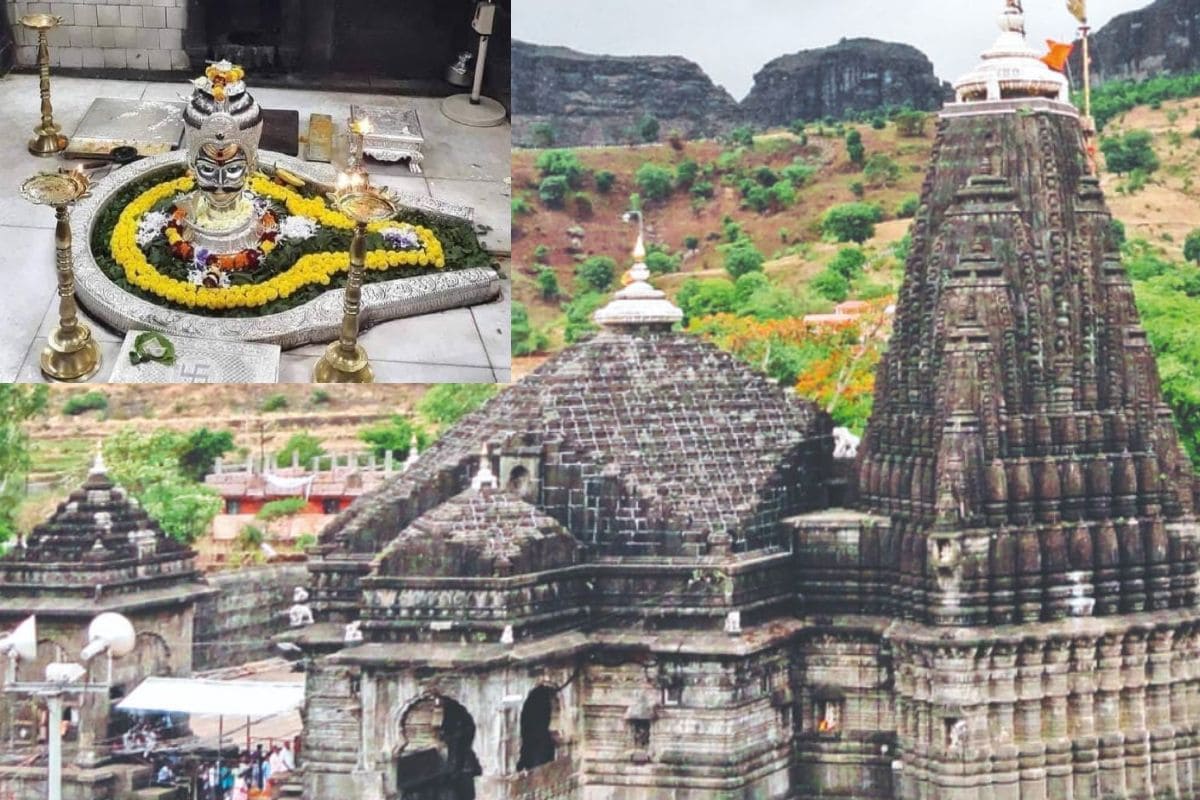
Trimbakeshwar Jyotirlinga temple history, Significance, location, nearest place
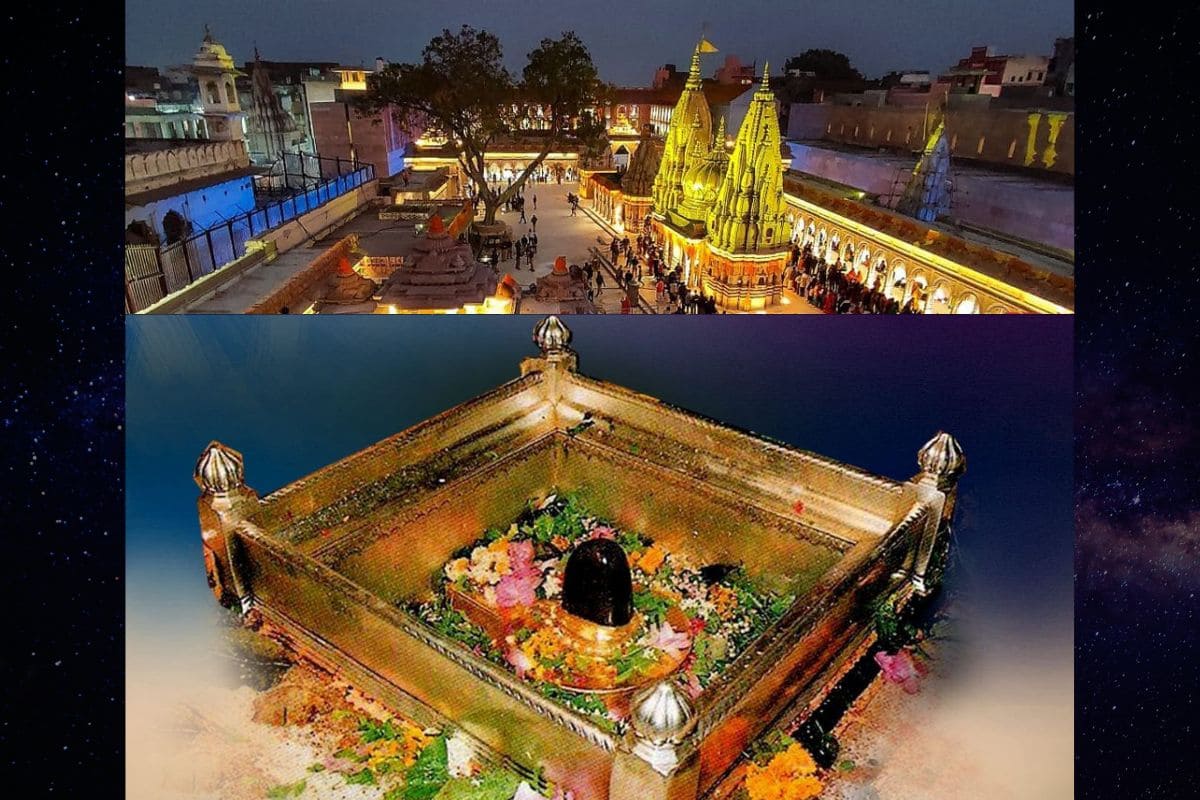
Kashi Vishwanath Jyotirlinga temple history, Significance, location, nearest place
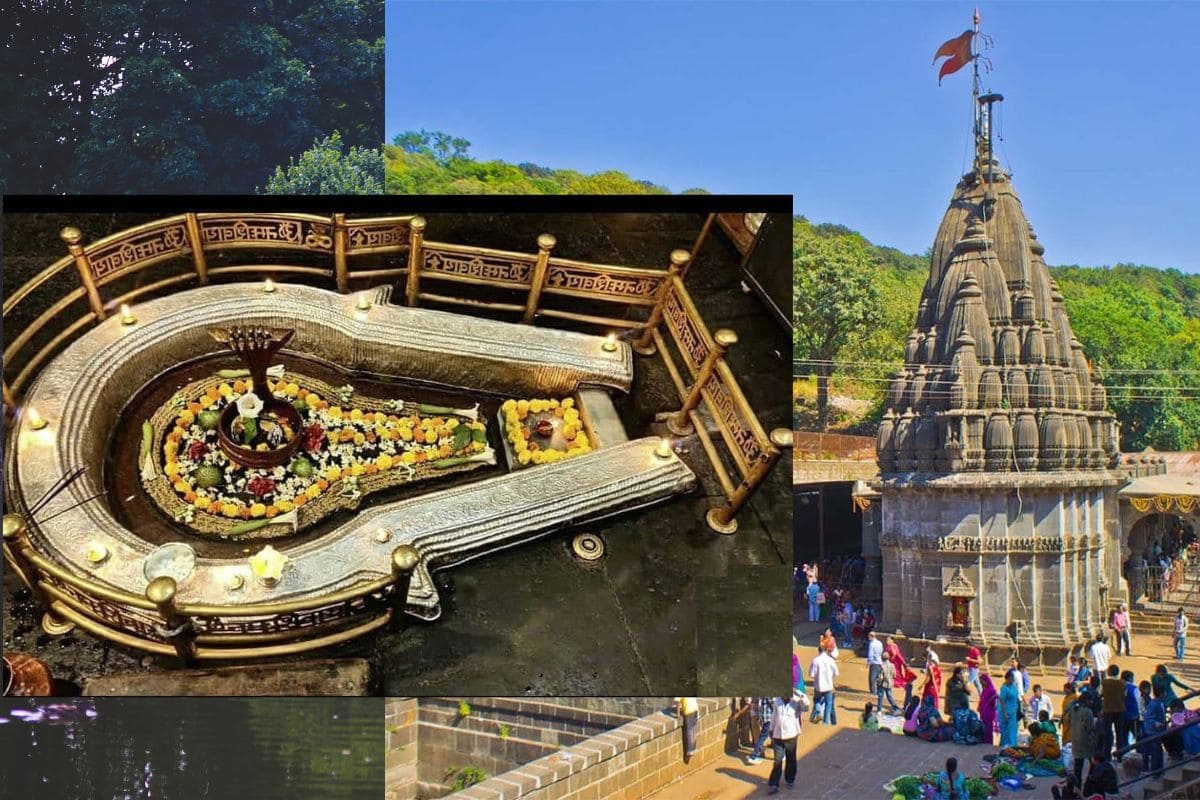
Bhimashankar Jyotirlinga temple history, Significance, location, nearest place
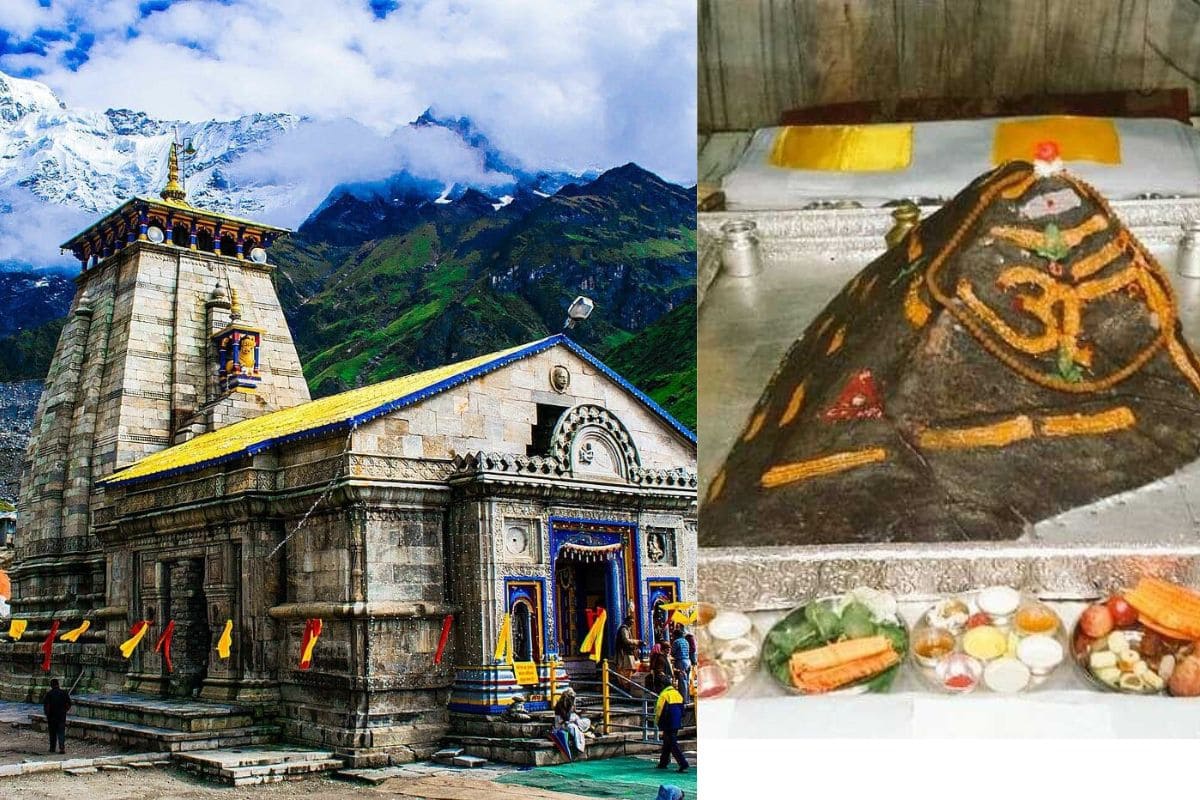
Kedarnath Jyotirlinga temple history, Significance, location, nearest place
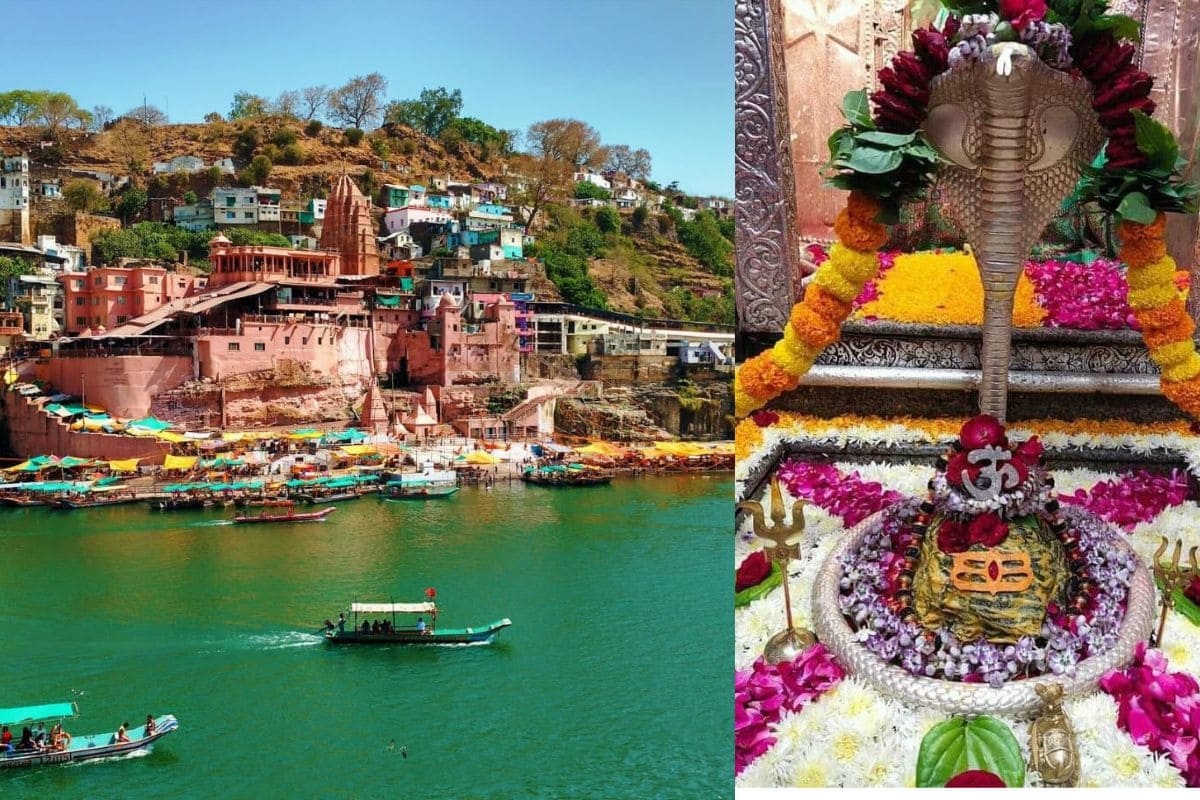
Omkareshwar Jyotirlinga temple history, Significance, location, nearest place
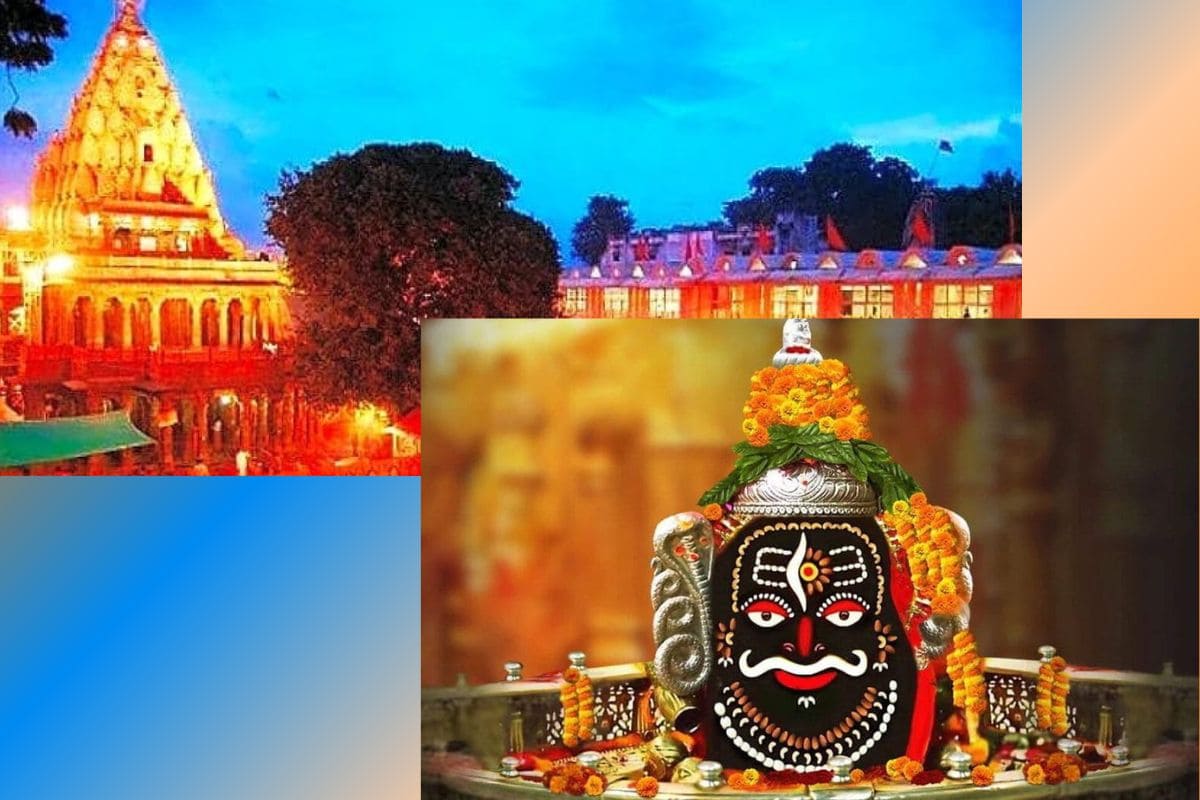
Mahakaleshwar Jyotirlinga temple history, Significance, location, nearest place
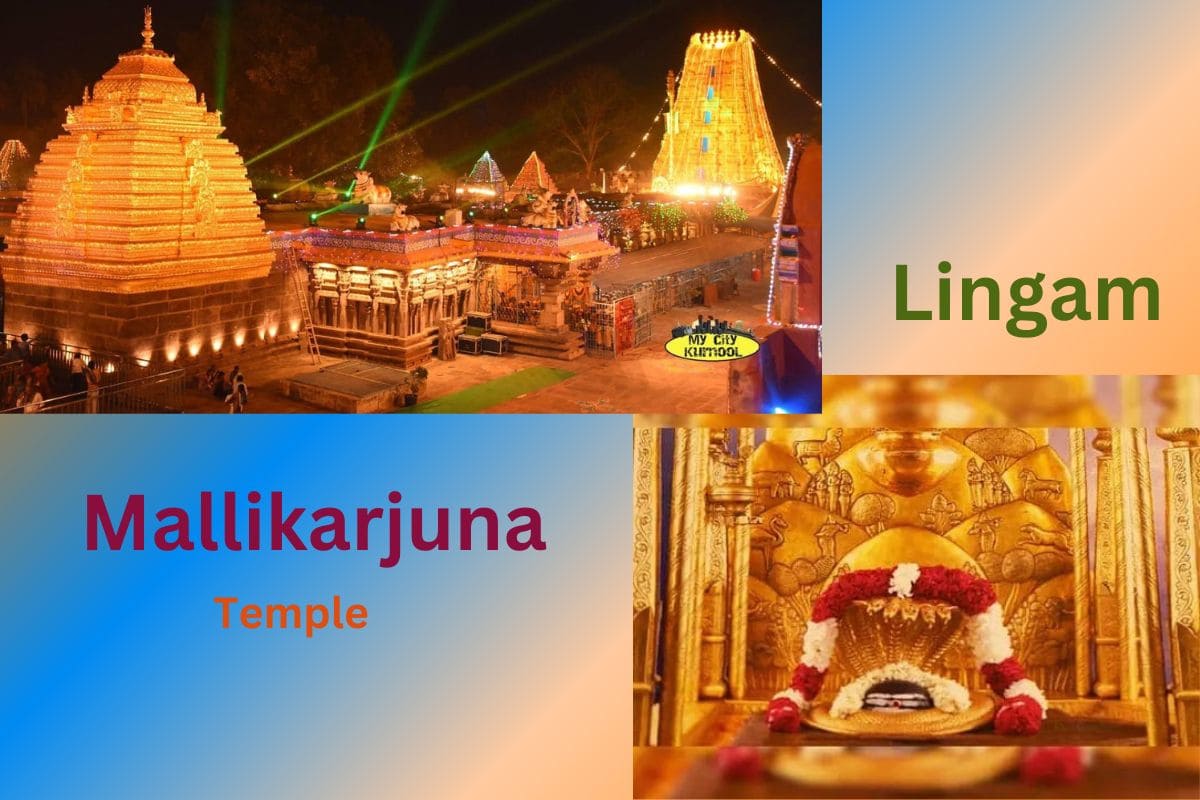
Mallikarjuna Jyotirlinga temple history, Significance, location, nearest place
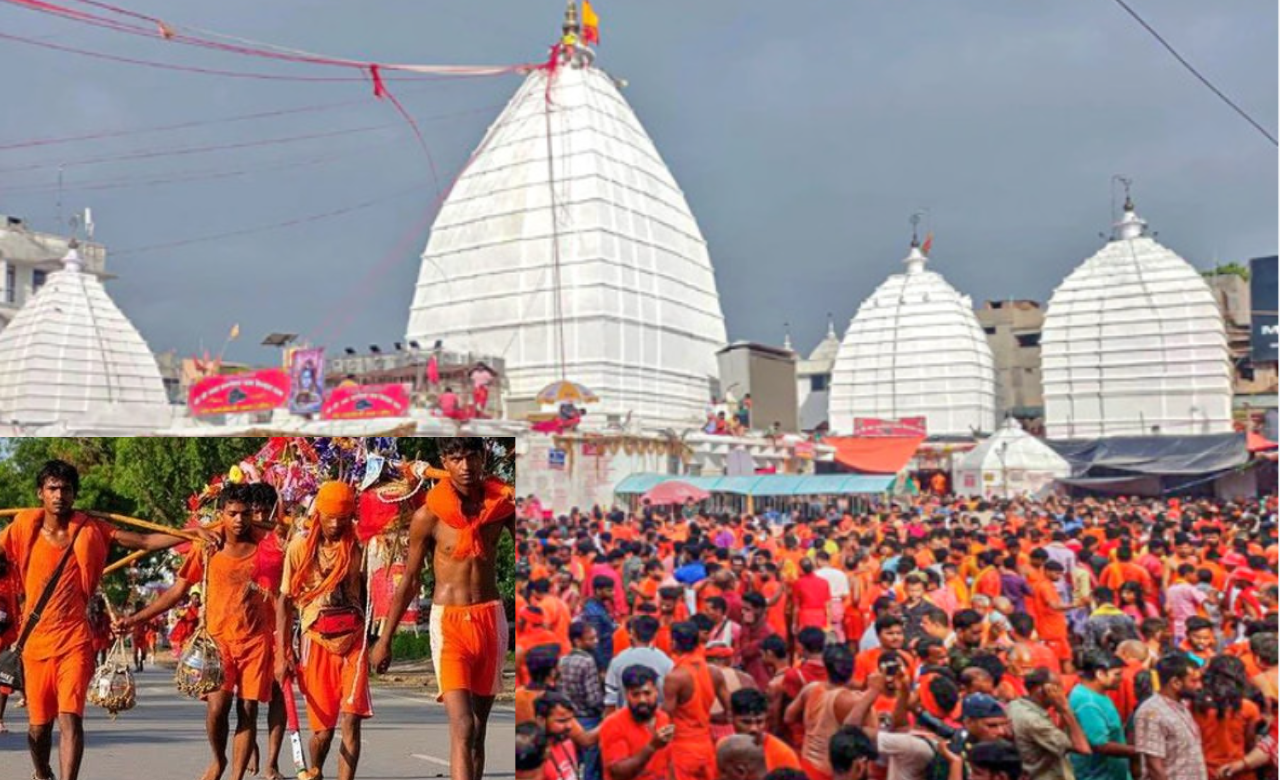
Why the Kanwar Yatra is important in Shravan month?
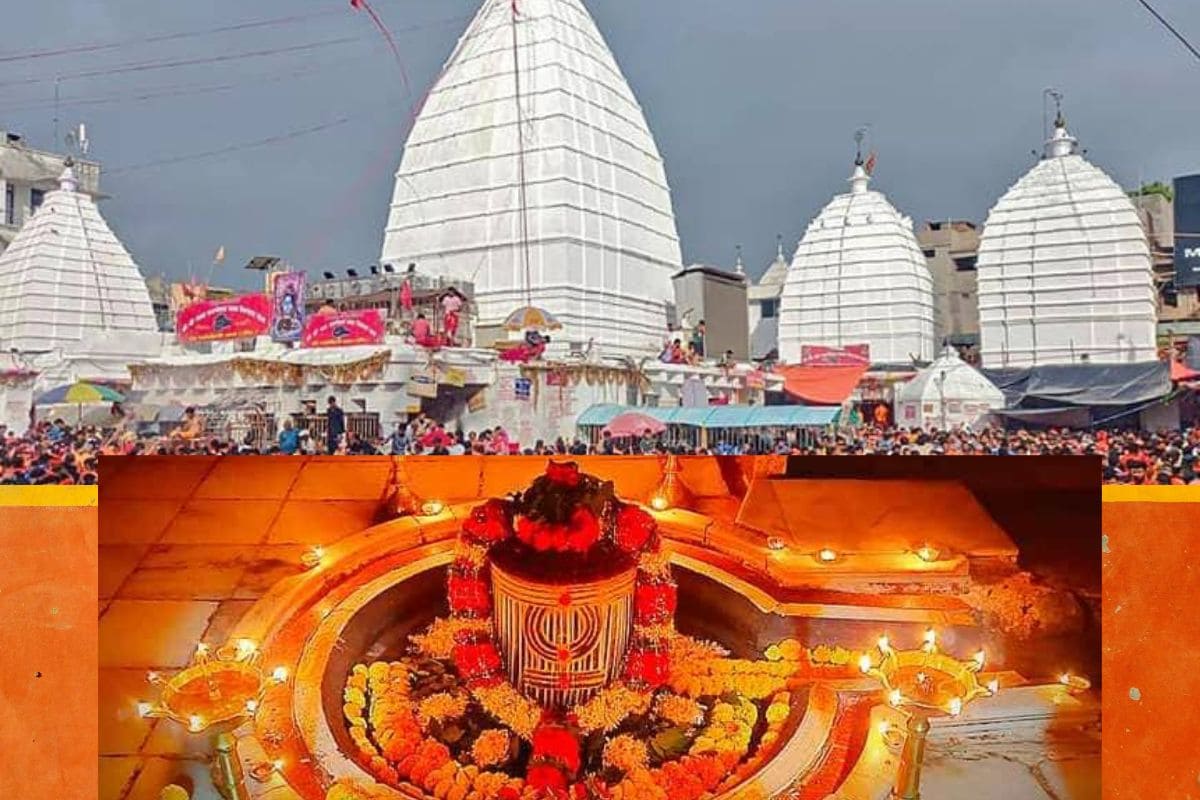
12 Jyotirlingas Name, Place, Location

What is Full stack Developer?

What is Education? Why It’s Important for Everyone’s Success.

100% Get Free Web Hosting and Domain

Typing professional site is real or fake



